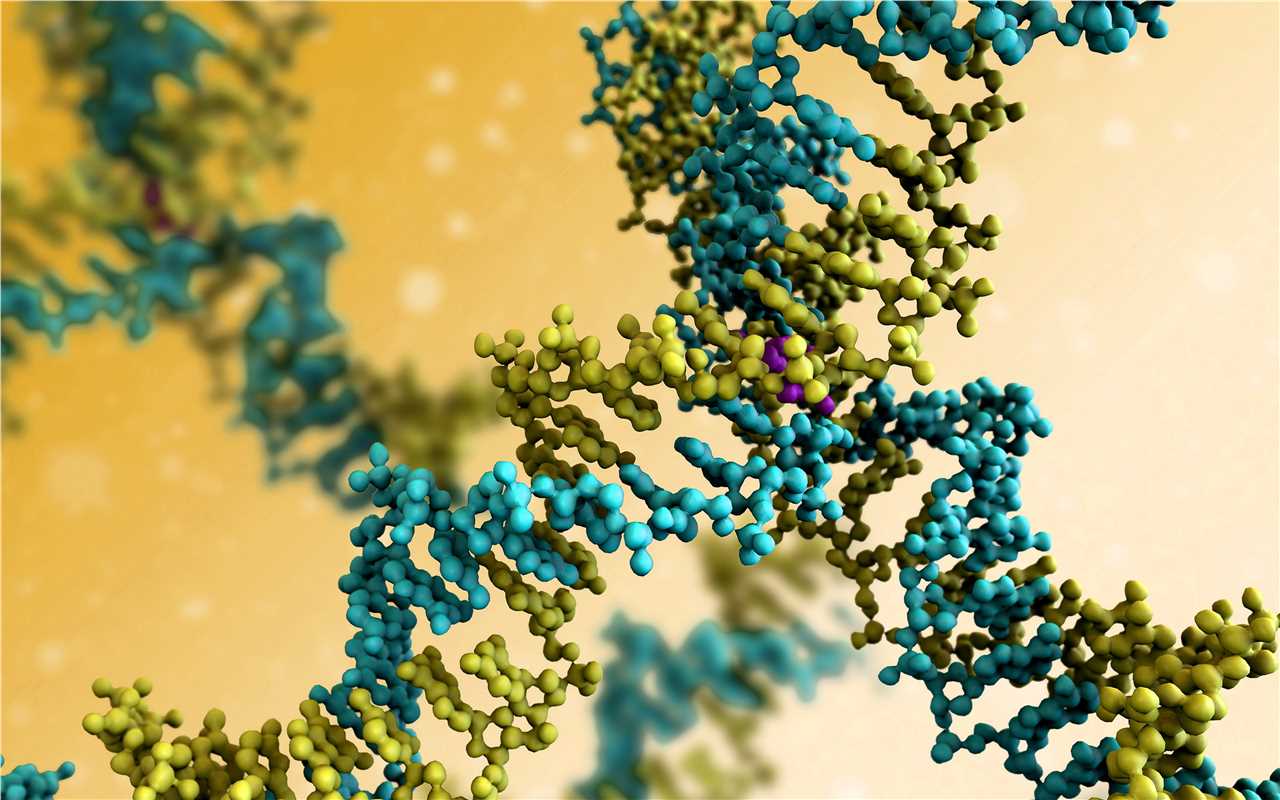Transfection is the introduction of specific nucleic acids and proteins into target cells for the purpose of studying or altering cell properties. In nucleic acid transfection, messenger RNA (mRNA) is a commonly selected transfection target molecule. mRNA is the molecule responsible for carrying genetic information from the nucleus to the cytoplasm. Once in the cytoplasm, it can direct the cell to synthesise specific proteins through translation. By introducing exogenous mRNA into cells, the target cells can be directed to produce the target protein and its function can then be studied. Plasmids are also a common form of nucleic acid used in transfection. Unlike mRNA, plasmids are small DNA molecules that often carry the coding sequence of a specific gene. Therefore, plasmids can be introduced by transfection to cause target cells to express proteins that carry the information of the target gene.

In addition to nucleic acids, proteins can also be introduced directly into cells. This is useful for studying the function of target proteins in cells. Unlike nucleic acids, proteins have larger molecular weights. The transfection efficiency of general methods is low, so protein transfection relies more on the help of other molecules. For example, the cell surface receptor-the Fc end of the antibody is used to bind to the cell surface receptor, and the endocytosis of the cell is used to transport the antibody to the cell surface; the principle of similarity and compatibility can also be used. The protein surface is coated with a layer of fat-soluble molecules to form liposomes. After the liposome fuses with the cells, the protein is transferred to the cells.
The introduction of these nucleic acids and proteins allows researchers to gain a deeper understanding of how cells work and helps to develop new treatments and diagnostic tools for disease. When transfecting nucleic acids and proteins, researchers need some labeled molecules with similar structures to evaluate and detect the transfection experiments. Since the success or failure of the transfection experiment is affected by many factors, it is necessary to add corresponding positive controls.
CD Bioparticles is a company dedicated to promoting the rapid development of bioscience and biomedicine. To this end, CD Bioparticles' customized transfection strategies, high-quality transfection control, precise transfection vector design and modification, and advanced technology platform services can help you solve:
1. Download the template.
2. Enter product information on the template (maximum number of products: 200).
3. Load the file using selector below.
1. Download the template.
2. Enter product information on the template (maximum number of products: 200).
3. Load the file using selector below.